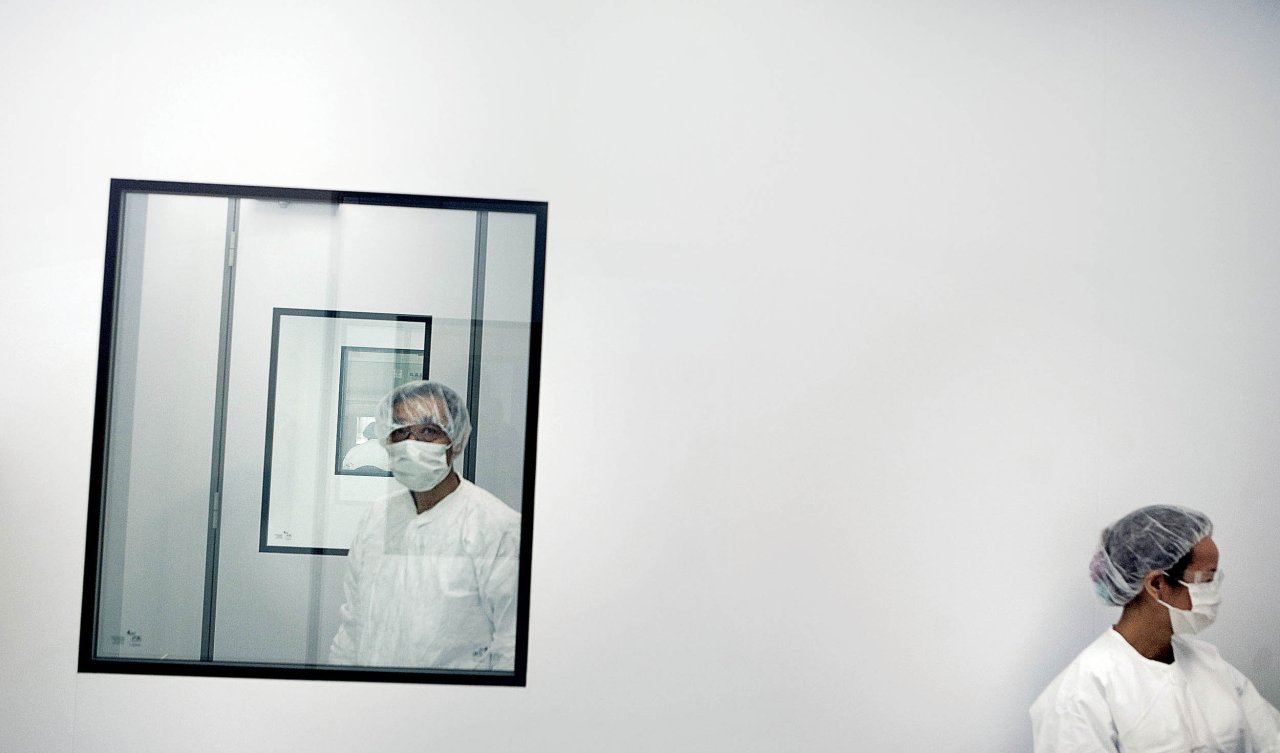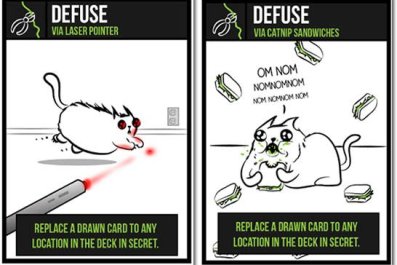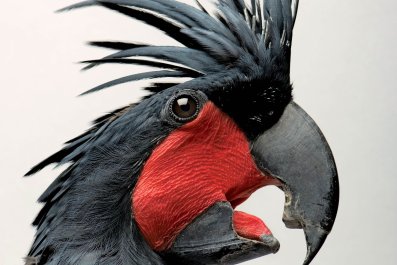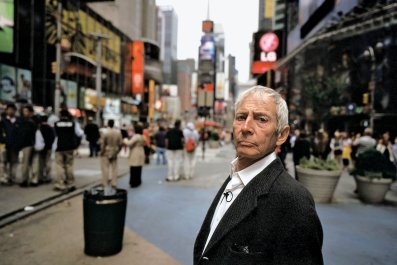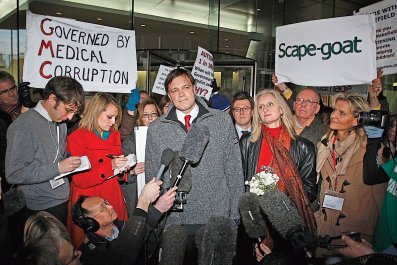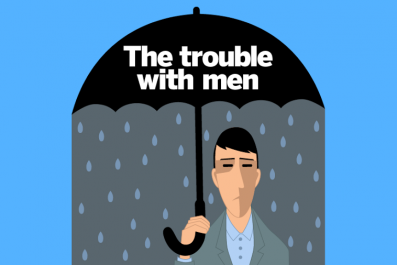Tucked away in a few rooms within the Alexandria Life Science and Translational Research Center in Rockville, Maryland, is a 48-member biotechnology company pursuing a singular obsession to eradicate one of the greatest global health challenges in history, malaria. "We're swinging for the knockout," says Dr. Stephen Hoffman, who founded Sanaria in 2003. "This is not to take anything away from the incredibly successful work others are doing to distribute bed nets, create educational programs to increase malaria literacy or discover better methods to deliver existing antimalarials. Those efforts are vitally important. But we're searching for the one blow that will finally end humanity's fight against this ancient disease: a vaccine."
Malaria has plagued humankind for more than 4,000 years, causing every second human death since the Middle Ages. There has never been an effective vaccine against malaria or any other human parasite, mostly because they tend to be very complex, single-celled organisms (malaria, sleeping sickness, Leishmania) or complex multicellular organisms, like the worms that cause lymphatic filariasis and schistosomiasis.
Moreover, according to the Entomological Society of America, malaria has been exercising its evolutionary flexibility in various vertebrates (likely including the dinosaurs) for over 100 million years. This means malaria is uniquely adept at survival, including becoming resistant to all of the methods we use to combat it. Resistance has been reported against quinine, chloroquine, mefloquine, pyrimethamine-sulfadoxine and ACTs (artemisinin-based combination therapies, the current front-line malaria treatment). Mosquitoes carrying malaria have even circumvented the bed nets by feeding earlier in the evening, catching people before they retire for the night.
The illness is rampant: The World Health Organization reported that there were 198 million cases of malaria in 2013. Luckily, only about one in every 330 of these cases leads to death. In large part, this is due to the fact that many of those who live in the most malaria-stricken parts of the world—sub-Saharan Africa and Southeast Asia—have developed a natural immunity.
But naturally acquired malaria immunity comes at a great cost. "Kids in high-malaria-transmission areas get infected almost every day, yet it takes three years for them to become partially immune," says Dr. Arjen Dondorp, deputy director and head of malaria research at the Mahidol-Oxford Tropical Medicine Research Unit in Bangkok. Many of these children die and all will become sick—even after developing immunity.
The silver bullet would provide this same type of immunity but without all the illnesses along the way. To date, that solution has been incredibly elusive, and excitement over a potential malaria vaccine is hard-won. When I asked Nick Day, a professor of tropical medicine at Oxford University, if more money spent on combating malaria should go toward vaccine development, he told me, "Billions have been spent in malaria vaccine research over the years, with very little to show for it."
That's the main reason Sanaria has been called "crazy," can't get support from other researchers in the field and hasn't been able to secure as much funding as its rivals have. Nonetheless, on August 8, 2013, Hoffman and his team announced a vaccine that, in early trials, proved 100 percent effective in preventing malaria caused by Plasmodium falciparum—by far the most deadly of the five malaria-causing parasites and responsible for almost all of the estimated 600,000 deaths per year. In these early trials, it's proving to be the safest and most effective malaria vaccine candidate to date.
The PfSPZ vaccine—Pf for P. falciparum and SPZ for sporozoite, one of the life stages of the parasite—contains sporozoites that have been weakened so they cannot fully develop but still cause the body to generate an immune response strong enough to protect itself against the deadliest form of malaria. After initial trial results were published, the vaccine immediately earned industry accolades, including the 2014 Vaccine Industry Excellence Award for "Best Prophylactic Vaccine," and generated support from research organizations in the United States, Europe and Africa, including the U.S. National Institutes of Health.
But despite its success, Sanaria has struggled to generate the attention it needs in order to push its work forward. From November 2 to 6, 2014, at the 63rd annual meeting of the American Society of Tropical Medicine and Hygiene, I often sat surrounded by empty chairs as Sanaria researchers spoke publicly about their work. Here was perhaps the biggest gathering of malaria researchers in the U.S., and yet only a fraction of them cared to listen as the Sanaria researchers unveiled some of their new research.
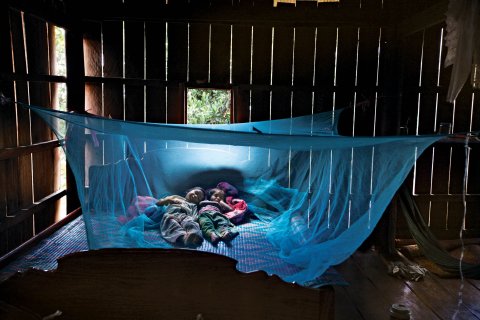
Media coverage has been sporadic. Both NPR and the BBC ran stories about the PfSPZ news on August 8, 2013. But nothing before or after. The New York Times, Forbes, Scientific American, The Washington Post, CNN and The Wall Street Journal have all mentioned or had articles about Sanaria's work. On the other hand, The Guardian has never mentioned Sanaria or the PfSPZ vaccine—while publishing 20 articles since 2004 that either mentioned or were explicitly about GlaxoSmithKline's far less effective malaria vaccine, RTS,S.
There are also many international organizations that seemingly refuse to take the PfSPZ vaccine seriously. For example, there was no mention of Sanaria or PfSPZ in the comprehensive 2012-2014 report from the renowned Malaria Centre at the London School of Hygiene and Tropical Medicine. For over a decade, this report has been considered an industry standard for being "the authoritative academic voice on malaria research." By contrast, the report mentioned RTS,S five times.
And on January 12 of this year, at an event called Countdown to Zero: Defeating Disease in the 21st Century, I sat in anticipation as Jane Carlton, director of the Center for Genomics and Systems Biology at New York University, began mentioning advances in malaria vaccine development. Surely she'll at least make a passing mention of the most effective malaria vaccine to date, I thought to myself. She did not, although she did bring up RTS,S.
Perhaps this all has something to do with how nothing draws a crowd like a crowd. Or money. When Sanaria started 11 years ago, it did so in an 800-square-foot facility and with a $550,000 Small Business Innovation Research grant from the National Institute of Allergy and Infectious Diseases. Since then, the company has received over $100 million in funding from various sources, including the PATH Malaria Vaccine Initiative using funds from the Bill & Melinda Gates Foundation. But even so, it is a pip-squeak relative to industry giants Sanofi Pasteur (the largest company in the world devoted to vaccine development, with over 13,000 employees), GlaxoSmithKline (99,000 employees and 2013 revenue of $38.8 billion) and Novartis (ranked No. 1 in pharmaceutical sales, bringing in $57.9 billion in 2013).
Sanaria's lean team means its great news often doesn't create waves. Or even ripples. When it has good news to share, the whole team pitches in to try to help with social media, or to try to get major media outlets to see what the company has been able to do. Compare this with the massive marketing machine that is Big Pharma: In 2013, GlaxoSmithKline spent $1.2 billion on advertising alone.
Meanwhile, Sanaria can't get more money. Funding in all fields, even in the arts, is a delicate game that balances calculated risk assessment with sheer potential. But funding in the field of malaria vaccine development seems to have a particular bent toward safety—in the face of probable failure, how articulately can a funder answer the question Why in the world did you fund that?
And it's far easier to answer the "why" question if you can point to many others that made the same decision. Likewise, there's the fact that malaria research money is typically funneled toward important short-term drugs rather than "swinging for the knockout" vaccines. With so many human lives on the line, it certainly makes sense to focus efforts on immediately protecting those most vulnerable. This generally means investing in what can make a difference now.
But when it comes to the pressing global health issues of our time, complacency kills. The old ways can work only until they no longer do. Take what's happening right now at the border of Thailand and Myanmar. When artemisinin arrived on the scene in 1994, François Nosten and his team at the Shoklo Malaria Research Unit thought they had a "wonder drug." In many ways, they did. Artemisinin was able to wipe out P. falciparum in a single day. But by the mid-2000s, the parasite had become resistant, and today the disease is yet again rampant—and now more difficult than ever to treat.
In his book Maxims for Revolutionists, Irish playwright George Bernard Shaw wrote that "the reasonable man adapts himself to the world: the unreasonable one persists in trying to adapt the world to himself. Therefore all progress depends on the unreasonable man." And being unreasonable is a badge Hoffman is used to wearing.
Sanaria's methodologies do not fit any previous pattern of vaccine development. It has pursued cryopreserving whole P. falciparum sporozoites, which has competitors and even fellow researchers balking because malaria is a tropical disease that affects humid areas. In other words, for this vaccine to be successful, Sanaria would need to transport frozen vaccines to some of the most humid places on Earth.
The company has also pursued and struck unlikely collaborations with, for example, Marathon Oil—for clinical trials in Equatorial Guinea—and with Harvard's Biorobotics Laboratory, where it has created SporoBot, a robot whose sole purpose is to dissect mosquitoes. Sanaria doesn't view collaboration as simply connecting the dots, seeing it instead as a way to discover new dots worth connecting.
When I visited Sanaria's offices in October 2014, the researchers were all rushing around as though some major deadline was looming. They were packing up their duffel bags and walking through the halls with the energy of athletes before a competition. "What's going on?" I asked Pete Billingsley, Sanaria's vice president of international projects. "Oh, we've all been doing P90X together after work. It's great. You up for joining us?"
Still, even with such a tight-knit, innovative group, Hoffman knows he's an underdog. There's a look in his eyes that reveals a man at once tired of the climb and confident that the peak is near. "The critics..." he trails off and smiles. There's no frustration, and plenty of fire in his eyes. "They told us we couldn't make this vaccine aseptically. We did. They told us we couldn't purify it. We did. They told us our method of cryopreservation wouldn't work. It does. We're too small a team to brush off criticism. We take it all in, and we work hard day in and day out to overcome challenges one by one until we succeed. We do not let ourselves get interrupted by others who say this cannot be done."



